We provide diagnosis, treatment and management of diseases which affect the human eye and visual system. Some examples include
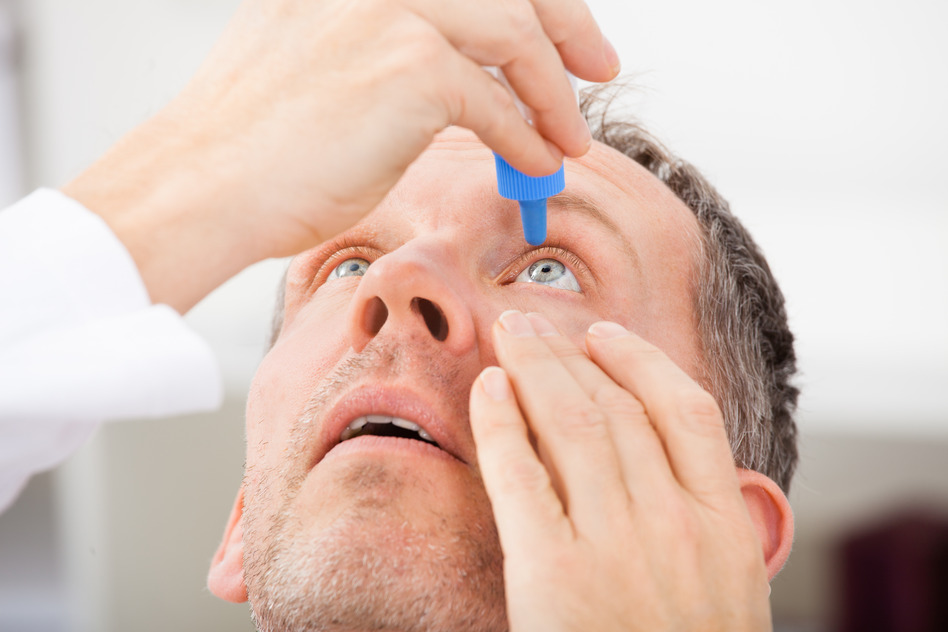
Dry Eye Syndrome
Occurs when the normal flow of tears over the eyes is interrupted, or the tear film is abnormal. In many cases, dry eye syndrome is a life long problem. You can relieve the symptoms, but not cure the original cause. Artificial tear lubricants or in some cases blocking the tear ducts will concentrate the limited tears that are available. Newer prescription medications, like Restasis®, are also available at our office. At our state-of-the-art Dry Eye Clinic, Dr. Smith and Dr. Bjorseth are able to diagnose and treat all types of dry eye.
Keratoconus
Is a disorder that occurs when the cornea, which is typically rounded, becomes cone-shaped. The progression is usually slow and can stop at any stage from mild to severe. This distortion increases as the cornea bulges and thins. The apex of the cornea often scars, reducing the vision. Treatment of Keratoconus is most effective with gas permeable contact lenses, designed specifically for the irregular corneal surface. If contact lens treatment is not successful, surgical corneal transplant may be necessary.
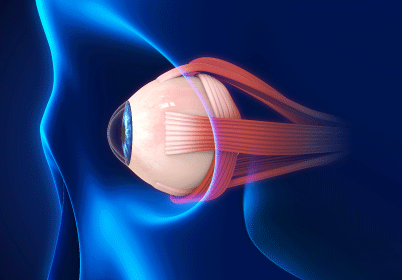
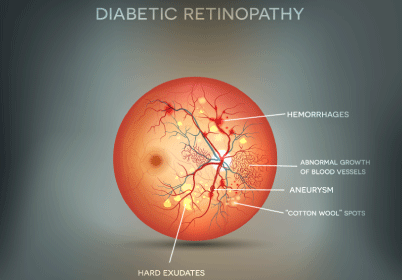
Diabetic Retinopathy
Is a condition which may occur when a diabetic persons blood sugar gets too high. High blood sugar levels start a series of events which end in damaged blood vessel walls. As such, the blood vessels begin to leak fluid or bleed, causing the retina to swell and form deposits know as exudates. Vision can be lost if these spots are not watched and treated. Here, at our office, we carefully examine the back of your eyes to follow and manage this and other important eye diseases.
Cataract
Is a clouding or opacity of the natural, internal lens of the eye. This opacity may be as small as a spot or may cover the entire lens. When light enters the eye it is scattered, causing images to appear hazy and blurred. There are many different types of cataracts. The one shown here is a cortical cataract. Here the opacity forms first is the periphery of the lens and develops inward, like spokes of a wheel. Ultimately, the best treatment is to remove the cataract lens and replace it with an acrylic man made lens. This is referred to as cataract surgery.
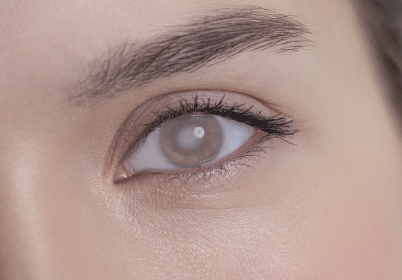
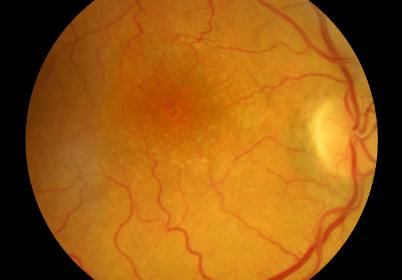
Macular Degeneration
Is a condition in which the central part of the back of the eye loses blood circulation. It is considered a natural aging process. There is a breakdown of retinal pigment epithelium cells in the macular region. As the disease progresses, central vision diminishes. It is believed that this breakdown may be due to a lack of nutrients being supplied to the region. Additional studies have found a genetic link to this disease. Treatment can range from better nutritional management, sometimes to include a tablet containing the primary minerals and vitamins that are found lacking in many macular degenerated patients, to intraocular injections which may help slow down the progression of the disease.
Please visit our Eyecyclopedia for a comprehensive list of Ocular Diseases and Conditions
